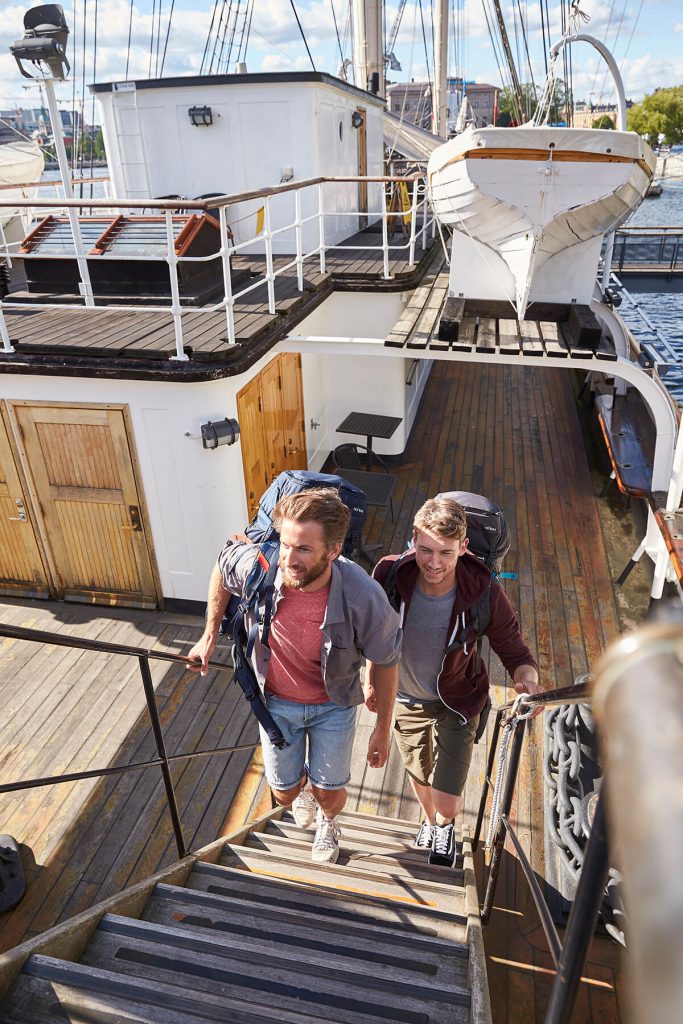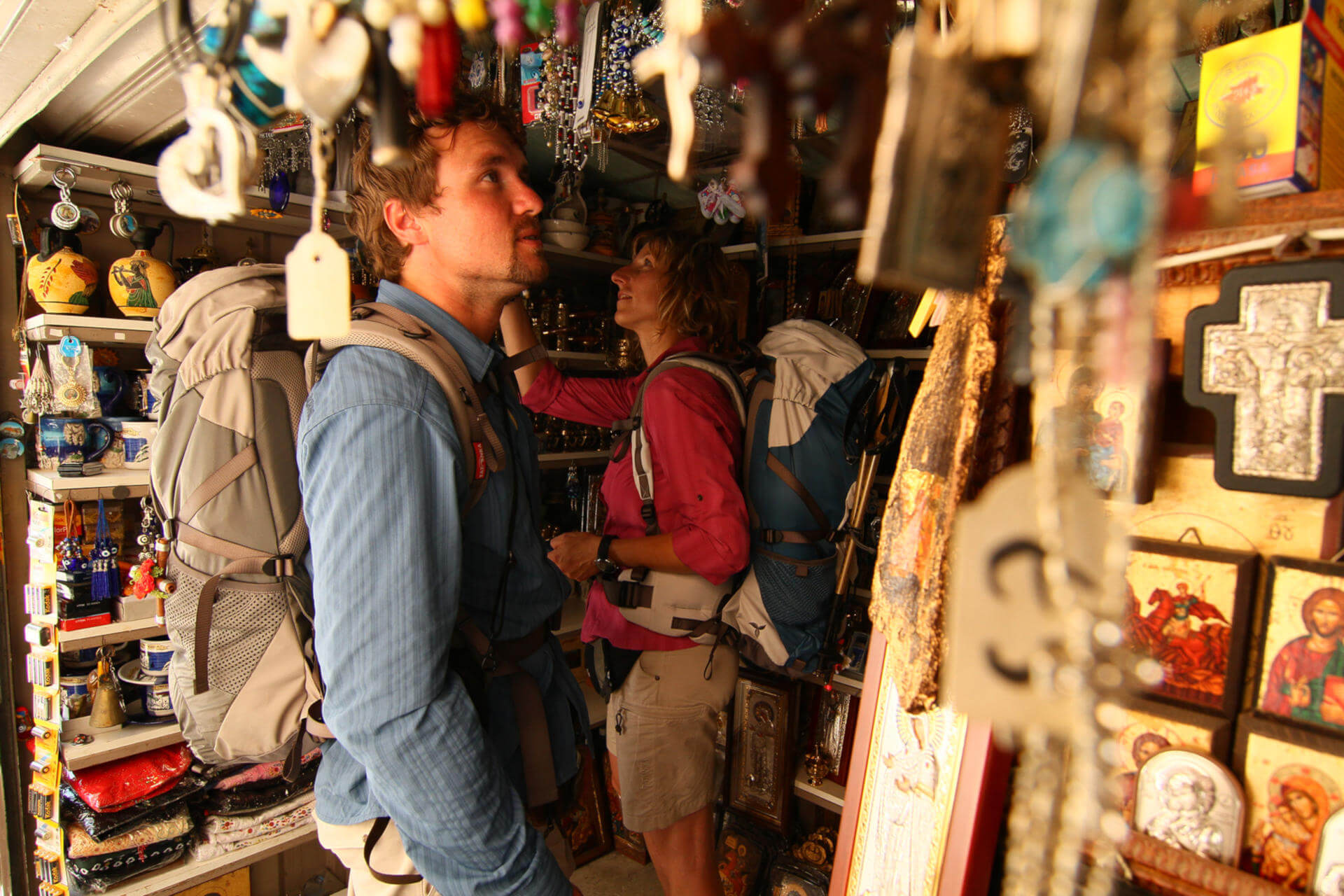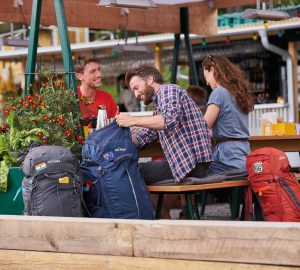A long-distance trip means pure excitement and adventure. To ensure that your next trip to faraway countries is a relaxed one, we have put together some tips for you when it comes to clothing and equipment.
#1st long-distance travel tip – travel comfortably in an onion look
Flexibility is the keyword for the right travel wardrobe. The temperature can be very different at your departure and destination, and you often spend long periods of time in air-conditioned environments where you cannot regulate the temperature yourself.
The onion principle is therefore worth its weight in gold on long journeys. Wearing several layers of clothing on top of each other keeps you warm, but you can also take off layer after layer if you start to sweat.
Also interesting: Adventure vacation instead of package tour – 6 reasons why you should go on an adventure trip.
Functional underwear made from synthetic fibers or merino wool is suitable as a first layer – i.e. the first layer that you wear directly on your skin.
Merino wool is very comfortable to wear and is excellent at regulating moisture, so it insulates and warms well even when damp. For those who are sensitive to odors, the biggest advantage is that this wool hardly absorbs the smell of sweat even after days of wearing it. For minimalists, two shirts are therefore easily enough for a week.

Functional underwear made from synthetic fibers such as polyamide, polyester and polypropylene also has a right to exist. It retains its shape, dries very quickly, is durable and less sensitive than merino wool. However, it is much more prone to odors.
Shirts and blouses, pullovers, vests and fleece jackets are used as second layers, depending on the climate and intended use. From a material perspective, the same properties are important as for the first layer – i.e. moisture transport, breathability, thermal performance and drying time.
Also interesting: Hotspots for digital nomads – 3 unexpected hotspots for working on the move.
Jackets made from hard or soft shell are recommended as a third layer. There are now numerous variants for a wide range of uses, climate zones and personal preferences. Generally speaking, softshell is more breathable and more elastic than hardshell and therefore adapts better to movement. However, if you are out and about in cold and rainy areas, you are usually better off with a hardshell jacket.
#2nd long-distance travel tip – as little as possible, as much as necessary
Your equipment goes through a lot on a long-distance trip. On the way from your front door via airports, train stations and roads and on site in the vacation destination, it can take some punishment. That’s why your backpack or bag should be made of durable material that doesn’t weigh too much. Materials such as Cordura or Tarpaulin are extremely robust and can easily cope with a dusty journey on the roof of a bus.
The lighter the backpack or bag, the better. Especially when you’re traveling from one place to the next, you’ll be happy if you don’t have to pack and carry so much. That’s why experienced long-distance travelers invest some time in advance and put together a packing list about four weeks beforehand. The climate at your destination, planned activities and duration of your trip will help you to limit your equipment.
This article was published in December 2014 and revised in November 2018.







